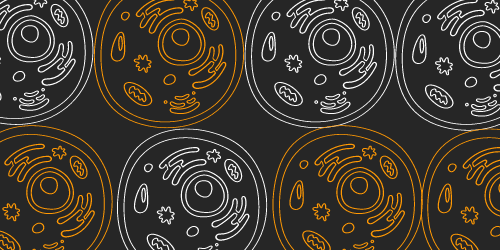
Immunofluorescence (IF) Application
Immunofluorescence is a powerful and widely used technique for detecting specific antigens in cells or tissue sections using fluorophore-conjugated antibodies. The technique enables precise spatial and temporal visualization of protein expression, localization, and co-localization at the cellular and subcellular levels. Commonly applied in cell biology, neuroscience, cancer research, and pathology, IF supports both qualitative and semi-quantitative analysis.
There are two main formats employed: direct IF, where the primary antibody is directly labeled with a fluorophore, and indirect IF, which uses a labeled secondary antibody for signal amplification. Key considerations include antibody specificity, fluorophore selection, fixation methods, and controls to ensure reproducibility and accuracy.
Immunofluorescence is an instrumental technique in advancing our understanding of complex biological processes and disease mechanisms, offering high-resolution insight into protein dynamics within the native cellular environment.
Direct Immunofluorescence (IF) Staining
Direct immunofluorescence involves the use of a primary antibody that is directly conjugated to a fluorescent dye. This method allows for the straightforward detection of the target antigen in cells or tissues without the need for secondary antibodies, offering a faster protocol and reducing the risk of background staining due to non-specific binding of secondary antibodies.
Advantages:
- Shorter protocol than indirect IF, with fewer steps
- Lower background due to elimination of secondary antibody
- Reduces cross-reactivity and non-specific binding
Limitations:
- Lower signal intensity due to lack of amplification
- Limited flexibility — each target requires a specifically labeled primary antibody
- More expensive where multiple targets are analysed
Direct IF is best suited for applications where high specificity and minimal background are critical, and where antigen abundance is sufficient to yield detectable signals.
Indirect Immunofluorescence (IF) Staining
Indirect immunofluorescence employs an unlabeled primary antibody specific to the target antigen, followed by a fluorophore-conjugated secondary antibody that binds to the primary antibody. This method allows for signal amplification, making it ideal for detecting low-abundance targets.
Advantages:
- Stronger fluorescence signal due to amplification from multiple secondary antibodies binding to each primary antibody
- Greater flexibility — a single labeled secondary can be used with many primary antibodies of the same species
- More cost-effective for studies involving multiple targets
Limitations:
- Longer protocol with more incubation and wash steps
- Higher potential for background staining due to secondary antibody cross-reactivity
Indirect IF is widely used in research due to its enhanced sensitivity and adaptability, especially in multiplexed or comparative studies.
